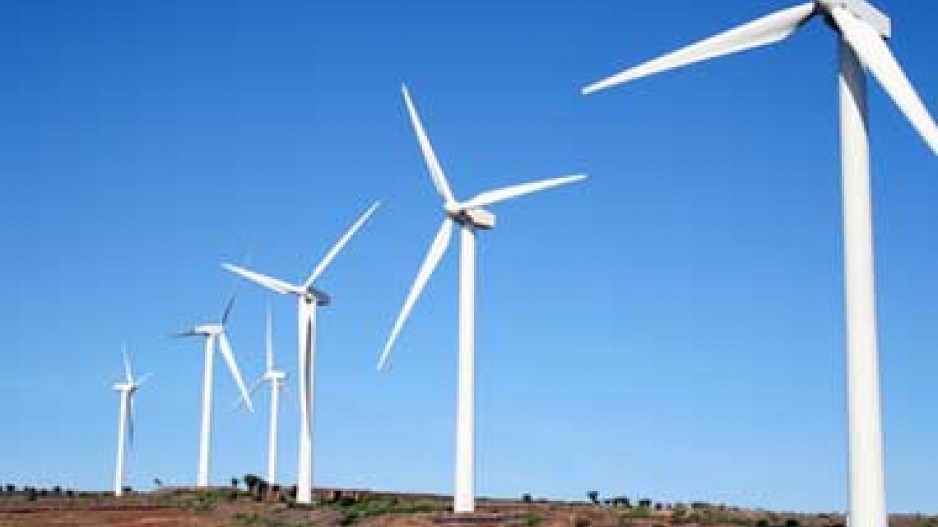BC Hydro is facing a $3.5 billion revenue shortfall due to lower industrial power sales and delays in a liquefied natural gas industry taking off, and independent power producers may have to help pay for the shortfall.
On Thursday, July 28, BC Hydro submitted its revenue requirements to the BC Utilities Commission (BCUC).
It includes a load forecast that assumes three liquefied natural gas plants that would be electrified going forward.
As expected, BC Hydro is asking the BCUC to approve a 10.5% rate increase over three years – starting with a 4% in 2017, as per its 10-year rates plan.
They might have had to be even higher to cope with a $3.5 billion revenue shortfall, except BC Hydro CEO Jessica McDonald insists the utility will implement measures to cope with that shortfall without hitting up ratepayers above what they are already being asked to pay.
Large industry – mines, pulp mills, cement plants, gas processing plants – represents 27% of the power draw in B.C.
But a downturn in mining, the closure of the Howe Sound Pulp and Paper mill and a delay in an LNG industry taking off is reducing the demand for power from industry.
“A lot has changed since the 2013 10 Year Rates Plan was introduced,” McDonald said in a press release. “Many of our industrial customers are facing declining prices for the commodities they produce, which means $3.5 billion less revenue for BC Hydro over that period.
“In preparing this application, we had a choice: instead of passing those issues onto our customers, we gave careful thought to new measures to reduce our costs even further so we could stick to our plan to ensure low and predictable rates.”
Among those measures is a plan to reduce how much it pays independent power producers when their long-term power purchase contracts come up for renewal, as well as a review its standing offer program “to reflect the declining costs of new power technology.”
“We are extremely disappointed with the pull back on the standing offer program,” said Paul Kariya, executive director for Clean Energy BC, which represents independent power producers.
“SOP is a program that works well for First Nations and rural and regional B.C. economies. CEBC members to date have invested just about $9 billion of capital in B.C. and created 18,000 construction jobs.”
Other cost-cutting measures include reducing capital expenditures by $380 million over three years, and a workforce reduction in which the work contracted out to private contractors will be brought in house – a move BC Hydro says will save $20 million over three years.
The declining demand from industry for power has given Site C dam opponents some ammunition.
They argue that the new $9 billion hydroelectric dam is not needed. But without an updated load forecast, it was hard to prove the argument.
Documents filed with the BCUC contains the new load forecast that sheds some light on the long-term load forecast.
Despite some uncertainty over LNG projects going forward, BC Hydro’s load forecasts assumes demand for new power from three LNG projects: FortisBC’s Tilbury Island plant, the Woodfibre LNG project in Squamish and the Shell LNG Canada project in Kitimat.
Notably absent from BC Hydro’s projections is the Petronas PNW LNG project. BC Hydro explains that only the three projects identified above plan to electrify from the grid. In other words, no other LNG projects are expected to have a significant power draw. They would generate much of their energy needs from natural gas.
If those three projects go ahead, the additional energy demand is forecast at 2,662 gigawatt hours per year. That is roughly half what the Site C dam would produce (5,100 GWh per year).
When demand from LNG is included, the demand for power is estimated to increase by 29% over the next two decades, including savings from demand side management.




